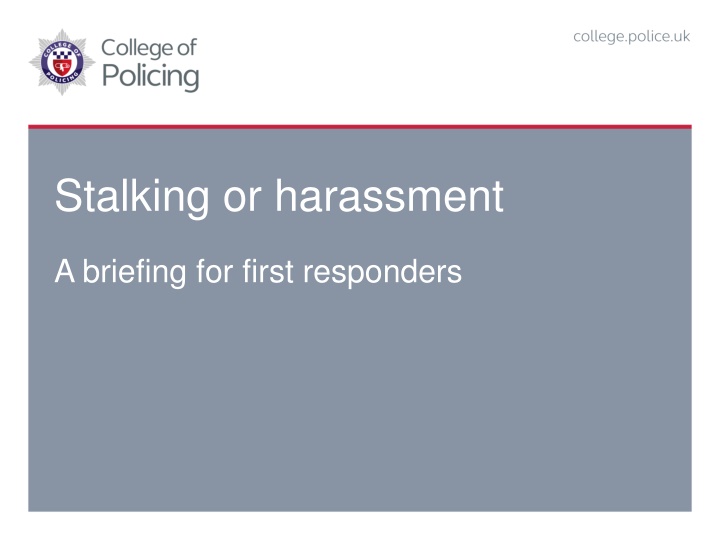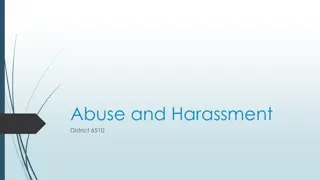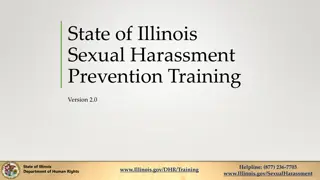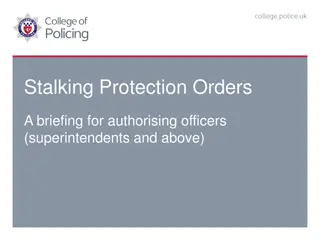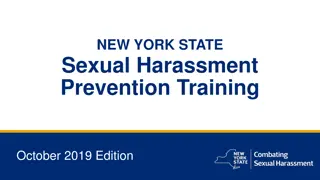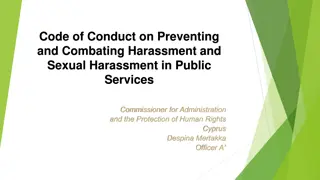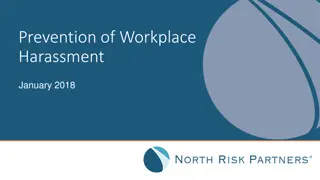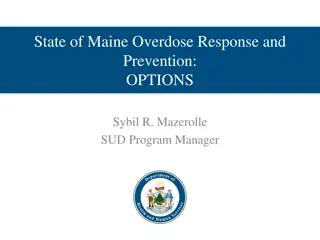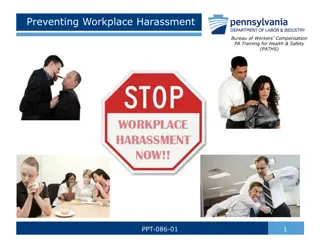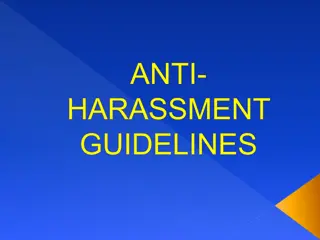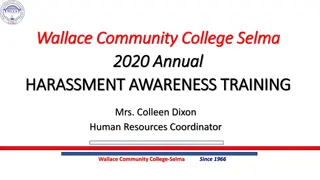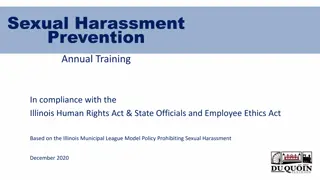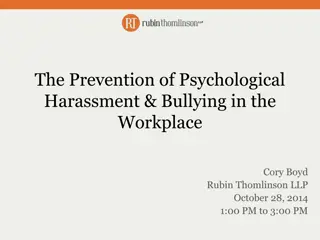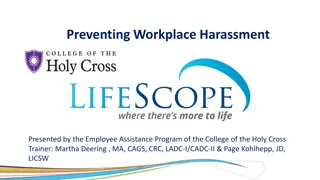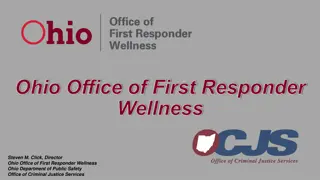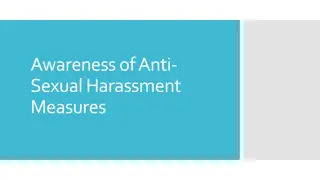Responding to Stalking and Harassment: First Responder Briefing
Stalking and harassment pose significant risks that first responders need to recognize and address effectively. Recent reports have highlighted the importance of understanding the differences between these offenses, assessing risks dynamically, and prioritizing victim safety. New advice from the College of Policing emphasizes the need for comprehensive investigations, listening to victims, and considering suspect motivations. Key points stress the importance of risk assessment, victim input, and the discontinuation of Police Information Notices for stalking and harassment cases. Guidelines for defining and identifying stalking behaviors are provided to assist responders in assessing and managing risks effectively.
Download Presentation

Please find below an Image/Link to download the presentation.
The content on the website is provided AS IS for your information and personal use only. It may not be sold, licensed, or shared on other websites without obtaining consent from the author.If you encounter any issues during the download, it is possible that the publisher has removed the file from their server.
You are allowed to download the files provided on this website for personal or commercial use, subject to the condition that they are used lawfully. All files are the property of their respective owners.
The content on the website is provided AS IS for your information and personal use only. It may not be sold, licensed, or shared on other websites without obtaining consent from the author.
E N D
Presentation Transcript
Stalking or harassment A briefing for first responders
HMICFRS inspection reports for stalking and harassment have raised concerns and there have been a number of fatal cases that indicate responders didn t recognise risk. This can be a difficult area because of the imprecision of definitions and understanding of risk. Our first duty must be to increase safety.
The College of Policing has published new advice for police responders to reports of stalking or harassment. This product aims to ensure an effective response to all reports of stalking or harassment by: Assisting you to understand the differences between the two offences. Helping to inform your initial actions. Giving you safeguarding options. Giving you digital safety advice for victims.
Key points in the new advice Focus on risk first your primary task is to make people safe. Risk is dynamic and needs continual reassessment. Investigate fully make sure you understand the full history and any escalation. Listen to the victim, particularly their view about changing risk. The motivation of the suspect and the context and effect of the behaviour on the victim are important factors to understanding and helping with your decision making. Police Information Notices (PINs) or their equivalents will no longer be used in stalking or harassment cases.
Define stalking Stalking behaviours suggest greater risk of harm and require greater consideration of risk management. Consider if this case meets the description of stalking: In cases of stalking, there is a pattern of unwanted, fixated and obsessive behaviour which is intrusive. It can include harassment that amounts to stalking or stalking that causes fear of violence or serious alarm or distress. Stalking will often focus on a person, whereas harassment will often focus on disputes. Is there evidence to suggest that if the problem was resolved, the behaviour will stop?
Identify stalking Consider the stalking mnemonic FOUR. Are the behaviours: Fixated Obsessive Unwanted Repeated Once the nature of the incident(s)/crime(s) is understood, determine what measures are required to manage the risk of harm.
